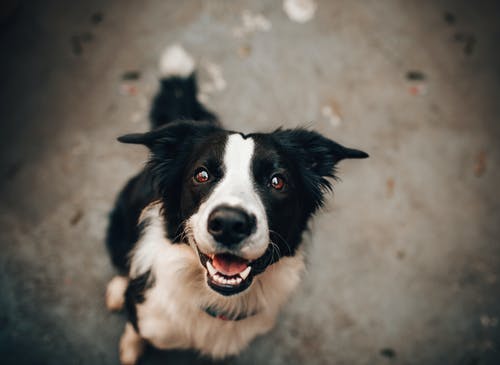Numerous eye disorders that frequently affect pets can result in redness, excessive tearing, and pain. Observing and identifying the main issue is crucial to your pet’s eye health because the cornea or other ocular tissues may suffer harm without timely treatment. Pets with flat or wrinkled faces should be regularly observed for squinting, tearing, discomfort, or pain. They may be more prone to developing eye issues.
Early detection of these abnormalities can significantly lessen the likelihood of developing more severe problems. However, there are a variety of ophthalmic problems that may happen at any time, so it’s not only elderly dogs that we should be concerned about when it comes to the variables that could be causing impaired eyesight or loss of sight. Additionally, all dog breeds are susceptible to hereditary blindness and other eye health problems.
To prevent eye diseases from worsening, checking for any indicators of pain or damage to the eyes is critical. It’s always advisable to report your concerns to a vet as soon as possible because poor eye health and vision loss might be symptoms of underlying medical problems.
Eye Problems in Pets
Here are some of the most typical eye issues that affect pets, along with some advice on how to proceed. Of course, you might want to think about consulting a veterinary ophthalmologist if your pet’s eye health issues are severe enough.
Entropion
Entropion is the name of this ailment, which is more frequent in dogs than cats. The pet’s eyelid hair scrapes on the eye’s surface, resulting in discomfort, increased tear production, corneal ulcers, or scarring. Entropion is frequently a congenital condition commonly observed in dogs with much facial skin.
Squinting and prolonged crying are entropion indications that often appear in young dogs. Surgery can be done to correct the faulty eyelid anatomy by removing a tiny portion of the eyelid after the pet has finished growing. Contact a vet hospital like Northgate Veterinary Clinic for additional details.
Cherry Eye
Cherry eyes, also known as prolapse of the third eyelid gland, are uncommon in cats but are relatively frequent in dogs, particularly in some breeds. The nictitating membrane, the third eyelid in dogs and cats and is situated inside the lower lid, is one of these features. The gland that creates most of the tear film that protects the eyes is located in the third eyelid.
This gland is usually hidden, but weakened ligaments may allow it to prolapse or pop out and rest on the eye’s surface. Surgery is typically required to provide a deeper niche where the gland may rest to prevent the issue from reoccurring. Visit a trusted veterinary clinic for orthopedic surgery services.
Cataracts
Dogs can also acquire cataracts due to aging, diabetes, genetic illness, or another medical issue. Pets with advanced cataracts can easily be identified because the typically clear lens has a hazy, opaque cataract. Your pet will have trouble seeing if they have cataracts, especially at night. Cataracts prevent light from reaching the rear of the eye.
Cataracts can raise eye pressure without surgical removal, causing glaucoma.
Conjunctivitis
The mucous membranes known as conjunctiva are found inside your pet’s eyelids, on both sides of the third eyelid, and in some eyeball tissue. Conjunctivitis causes painful eye discharge, redness, and swelling.
Conjunctivitis can arise from physical irritability, infections, and allergic responses. A saline eye flush or antibiotic eye medicines can treat the inflammation, depending on the underlying reason. Consult a veterinarian to learn more.


